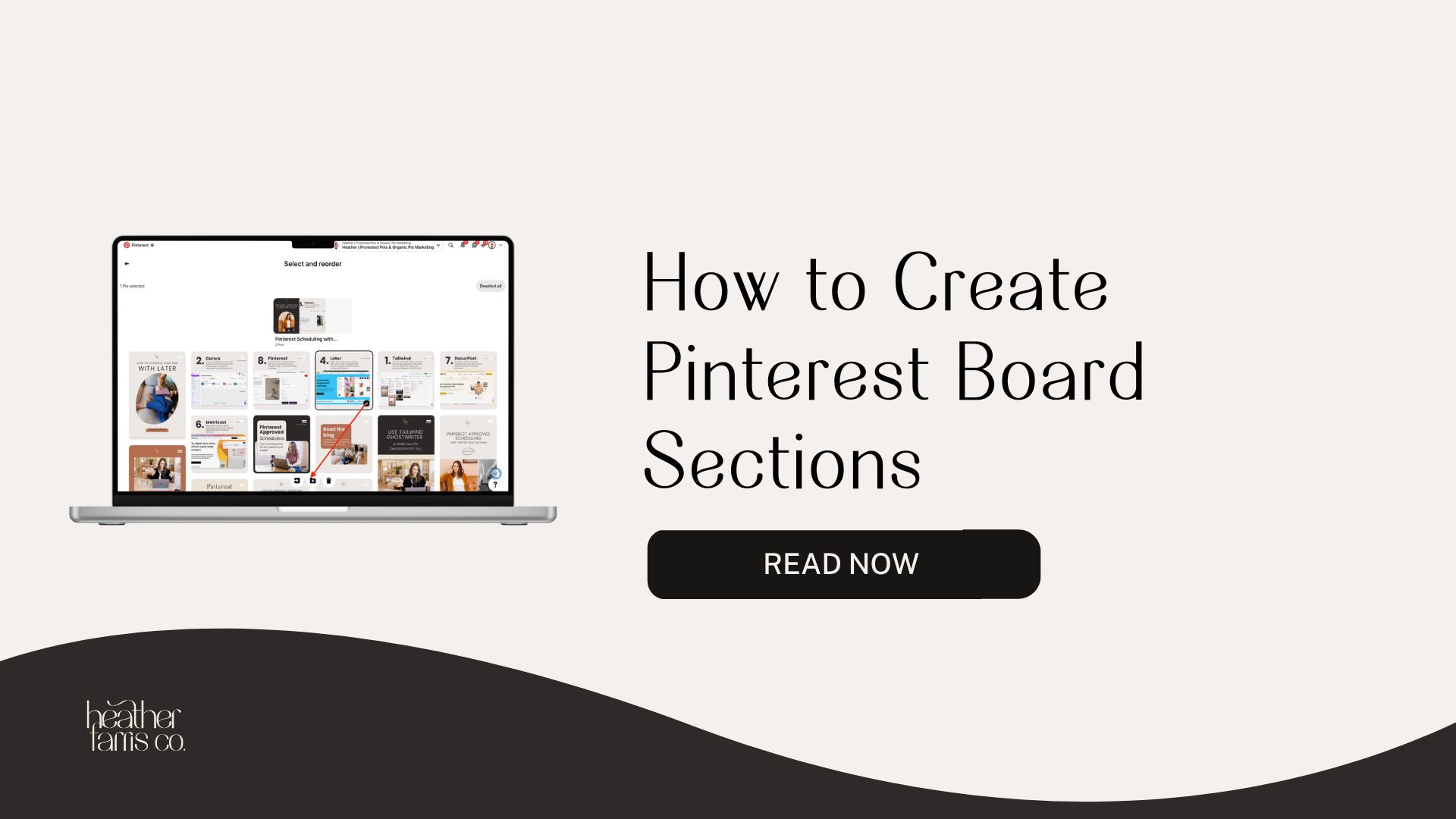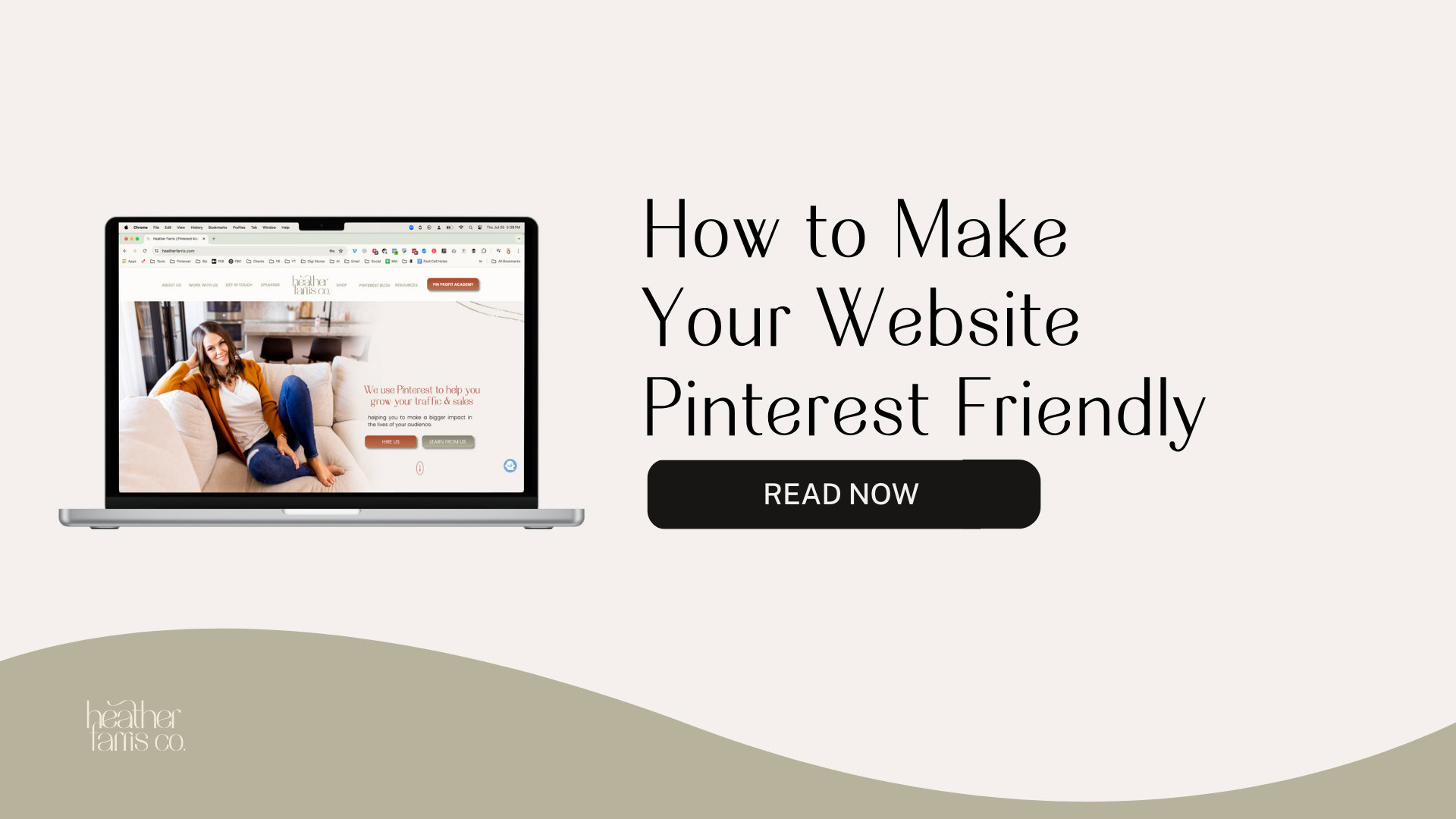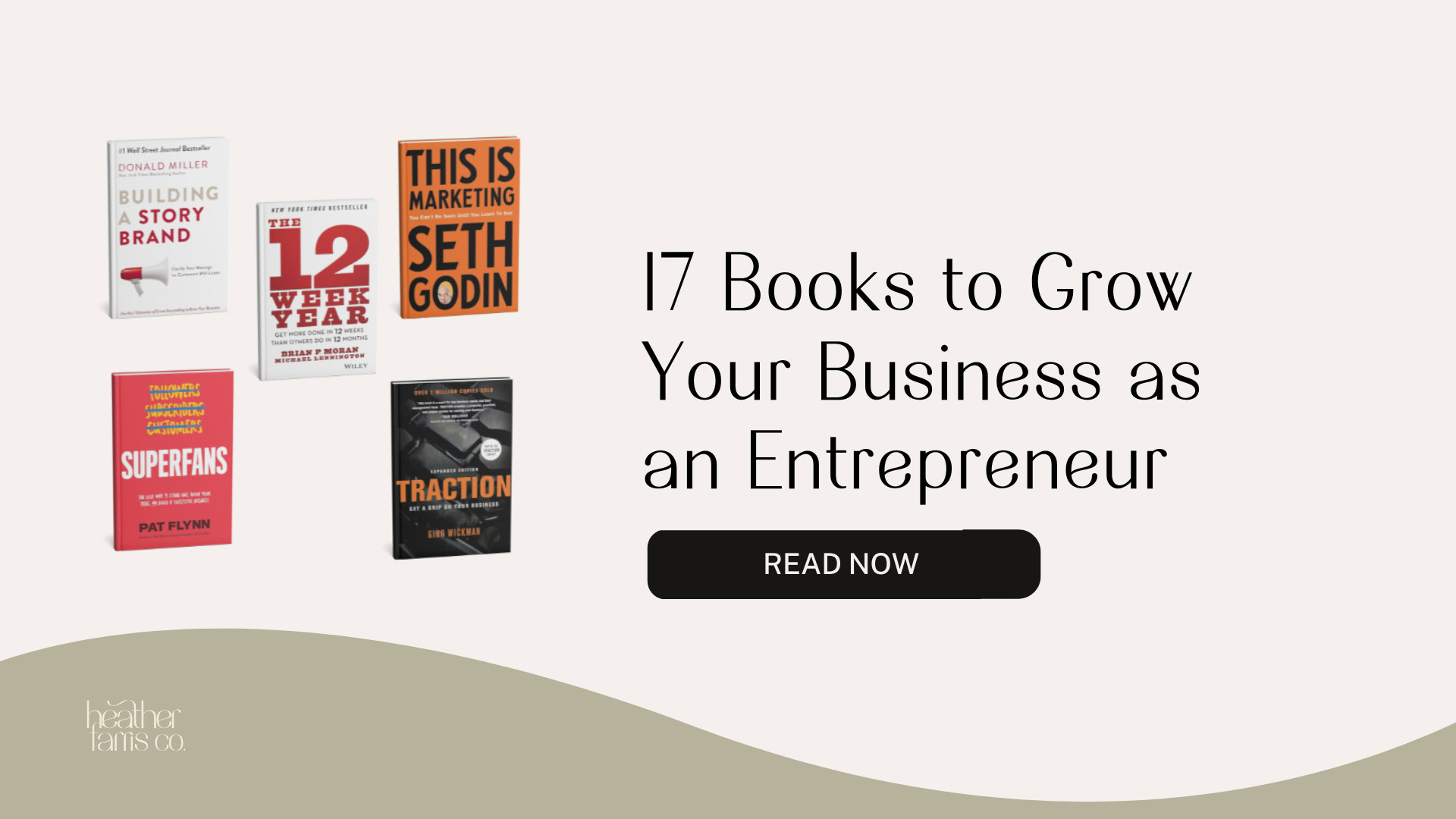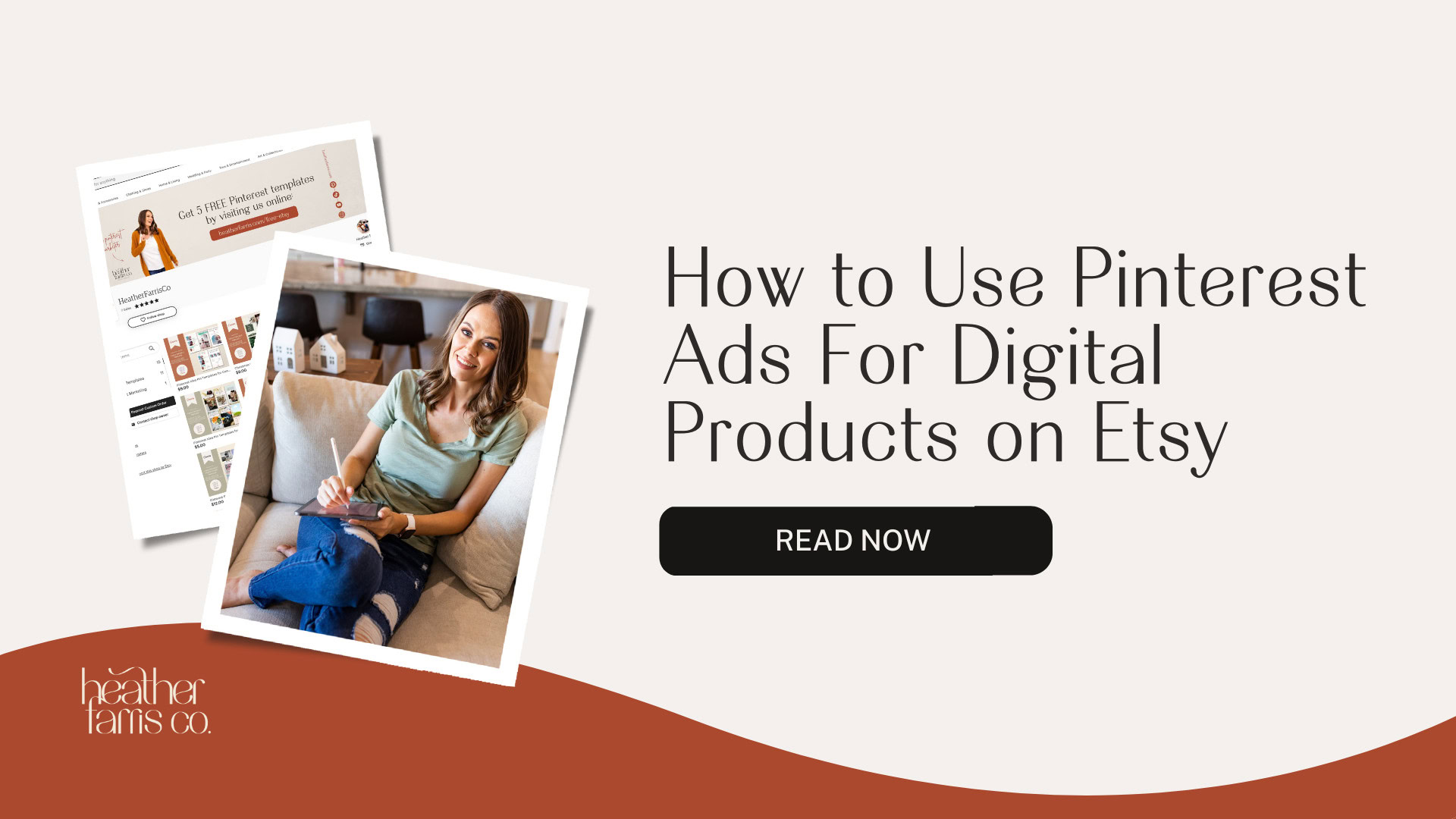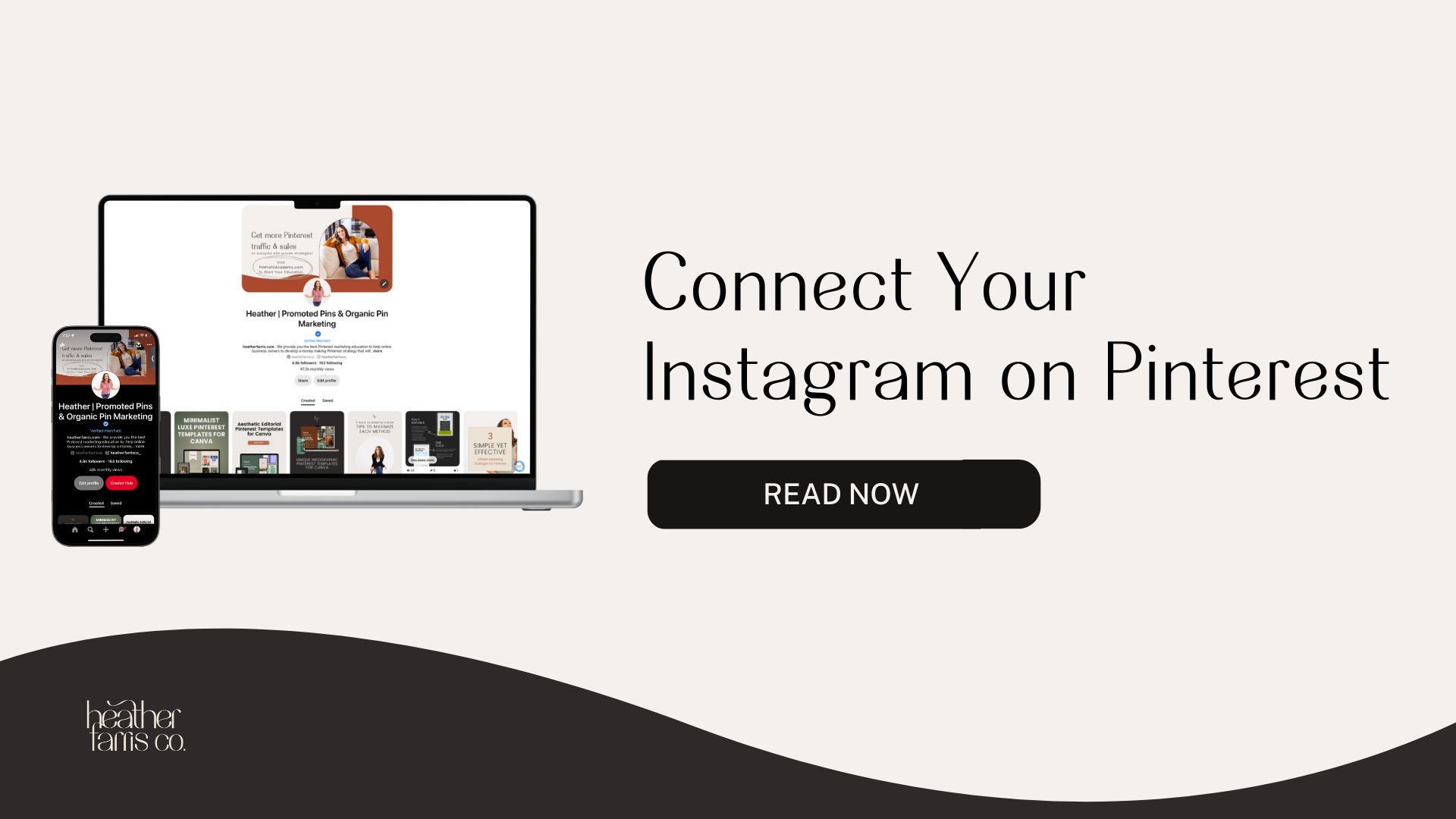Heather is a seasoned
Pinterest marketing expert & educator using the platform since you could reach the bottom of the feed - 2010.
About Heather Farris >
My Simple Content Strategy For Digital Products
February 20, 2024
Creating a content strategy for digital products is so much more than just swiping one of those done-for-you content calendars off of Facebook or Instagram apps. It is so much more than that. So that’s what we are going to break down in this post, because there is a different twist to a content strategy for digital products you are selling.
What is a content strategy for digital products?
My definition of a content strategy is pretty simple. It’s the intentional creation of content that speaks to the pain or pleasure points of someone in my community and helps them take the next step, which is the solution to their problem. It could be a product, service, or offer that I have in my business to bring them down deeper in the community, to bring them from an audience member to a community member.
For example, one of my channel’s most popular YouTube videos every year is a video I do all about Pinterest marketing strategy. It’s the webinar-style masterclass where I break down all the essentials of a Pinterest Strategy for the year. Then, at the end of this video is a very low-threat invitation to my membership–Pin Profit Academy.
RELATED: Why You Need a Content Strategy Before You Ever Begin Marketing
Content pillars inside of a content strategy
Now, that video is just one part of one of the content pillars of my business. I also want to address what content pillars are as they relate to content strategy. Content pillars are not your content strategy. They are a piece of your content strategy.
Now, the ‘Pinterest Marketing – What I Would Tell My Friends’ masterclass-style video covers one of the biggest pillars in my business, which is the Organic Pinterest Strategy. 80% of whoever enters my business wants to learn organic Pinterest marketing–not paid, not automation, not workflows, but organic Pinterest marketing. At least, that’s what they think they need once they get here.
Now, let’s talk about what content pillars are as they relate to content strategy and how you are differentiating those from something even a little bit deeper, which are the pain points within your business.
RELATED: 5 Pillars of a Pinterest Strategy
Pain points of your audience
I need to explain pain points first, even though they are lower on the totem pole in your strategy. Pain points for my audience as an example, are something like:
- Lack of a marketing strategy
- Doesn’t understand how SEO works
- Can’t make pins that convert
- Doesn’t know how to make a workflow to stay consistent on Pinterest
- “I make pins on Pinterest, but they never get clicks. So, how do I make pins that people will click on?”
Those are pain points. Now, those can lead to pieces of content, which we will go to in a second. But they are also a part of the content pillars. So, the content strategy is the overall thought and the strategy of what’s happening. The content pillars are underneath the strategy, and the pain points fit into the content pillars.
Content pillars of your content strategy
So, content pillars are something like this for my audience:
- Organic Pinterest marketing
- Paid Pinterest marketing
- Automation
- Graphic design
- Workflows
Often, I also do tech tool reviews or other marketing-type videos. And those are other pillars within the business, but the five main pillars I have in my business are those I just mentioned.
Here’s where it gets fun because as you begin to think about your content strategy, I want you to start thinking about how you will connect the people consuming the content to your offers.
Many people do this in reverse, where they start at the beginning and go to the end. By the time they go to the end, they don’t actually have an end in mind. I always start at the end. Where do I want people to go, and then I work my way in reverse to where we need to start from there.
For example, people come to me and say, “I don’t know how to schedule my pins on Pinterest. I just posted them, and I accidentally posted too many one day, and I got marked as spam.” That was a pain point that I created content around that sits inside one of my pillars, to provide them a solution.
As you begin to develop a content strategy, you will want to create content topics based on those pain points, and pleasure points, that will lead people to your free and paid offers to get them into your funnels. This is how to go start to finish with a content strategy for digital products.
RELATED: 7 Ways to Generate Content Ideas Even When You’re Not Feeling Creative
Examples of putting this together
How to use Tailwind to schedule your Pinterest pins?
One of the pain points is scheduling. They don’t know how to use a scheduler, or they don’t have a scheduler, or they can’t seem to find time to pin on Pinterest. So, the answer would be to create a scheduling system for themselves. That’s where the Tailwind video I’ve done comes in.
RELATED: I Tested Pinterest Approved Schedulers So You Don’t Have To
The four steps to create an effective Pinterest workflow to waste less time.
The pain point for that is workflows; the product is my Pinterest system.
How to use ChatGPT for Pinterest (Pinterest SEO).
Many people don’t understand how to write pin copy, so one of their pain points is writing pin descriptions. They loath it. They also don’t understand Pinterest SEO.
I teach them how to use Pinterest SEO in my SEO video. Then, in the ChatGPT for Pinterest video, I teach them how to write pin copy using ChatGPT prompts. Two things combined here.
RELATED: 5 ChatGPT Prompts For Content Marketing That I Use Every Month
So, all of these pieces of content have a place in my business, and they are evergreen. I can post them once and keep them updated throughout the time that they are alive. As I create new offers and new videos, I can update them. But they are working in the background for me and helping people find me in their moments of need. This is where the power of content strategy for digital products really comes into play.
Connecting to your offers
This leads us right into the rabbit hole of connecting your offers to your content. A lot of people do this really poorly, or they don’t do it at all. It is really frustrating when I land on a student’s or a client’s piece of content, and it’s not optimized at all for the customer journey.
Someone might get so excited, and they find your pin on Pinterest about four effective ways to create a Pinterest strategy. Then, once they click through to your blog, you have a whole product on creating a Pinterest system, but it is not mentioned in the stupid blog post.
How frustrating is that? How frustrating would it be to see your dream couch on a Pinterest pin and that couch isn’t linked to anywhere?
Sometimes, we get so busy as content creators that we just forget to do that part, building the bridge to the offers. But that’s why I want to highlight that so you don’t also make those mistakes.
RELATED: Pinterest For E-Commerce in 2023: Pinning tactics for product sellers
How to bridge the gap between your content and your offer
We want to connect our content to our offers. What does your audience need to know to take the next step with a product, service, or free offer in your business? I do this by showing people how to do things but leaving out the strategy.
So, in that Tailwind tutorial, for example, I show them how to schedule their Pinterest pins, but I don’t give them the strategy or my thought process behind scheduling on Pinterest. This opens up a flood of questions in my comments, which helps the video go further on YouTube and get more community engagement, which helps the algorithm push the video.
It also shows the viewer that I know what I am talking about by teaching them how to use the tool in its current form. Then, it encourages them to either sign up for the tool or start using the tool again if they used it in the past. That also encourages them to visit my blog posts or go further down my rabbit hole, which could be the automation guide that I give away for free. So you can see here where we are connecting our offers to the content.
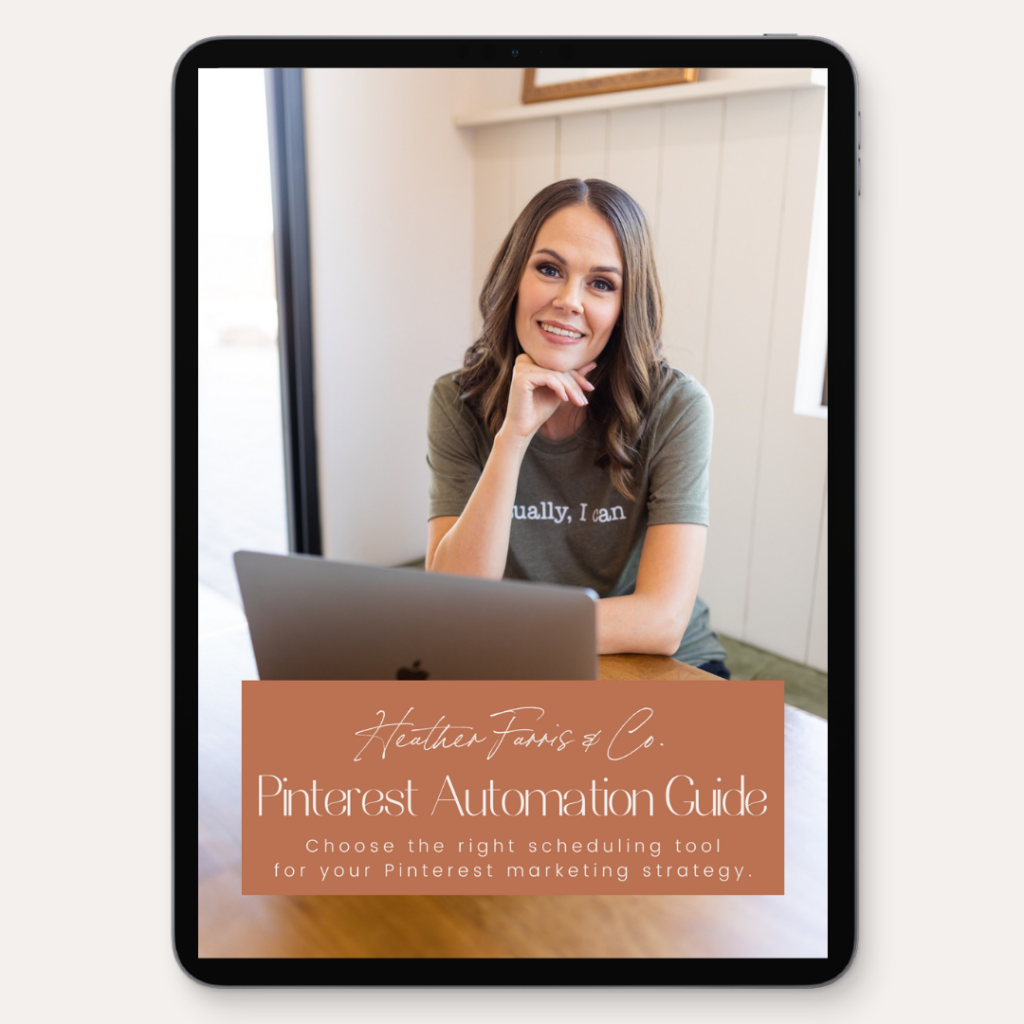
Pinterest Automation Guide
Maximize your Pinterest presence with an automated workflow happening in the background so you’re never at a loss for what is publishing to Pinterest.
This free guide will give you the best & current Pinterest automation tools to help you determine which tool is best for you.
Another example of this is the ‘Pinterest marketing strategy. What I would tell my friends’ video. It’s that big masterclass video I do every year on YouTube. That video has that low-key invitation at the end inviting people to the academy.
But I also mentioned in that video that I have a free strategy guide. People will naturally go to the description, they will find the guide. They will download it, and then they are presented with what’s in video and PDF format, and then they will start getting emails from me. So, I am connecting the dots between the content and the next step.
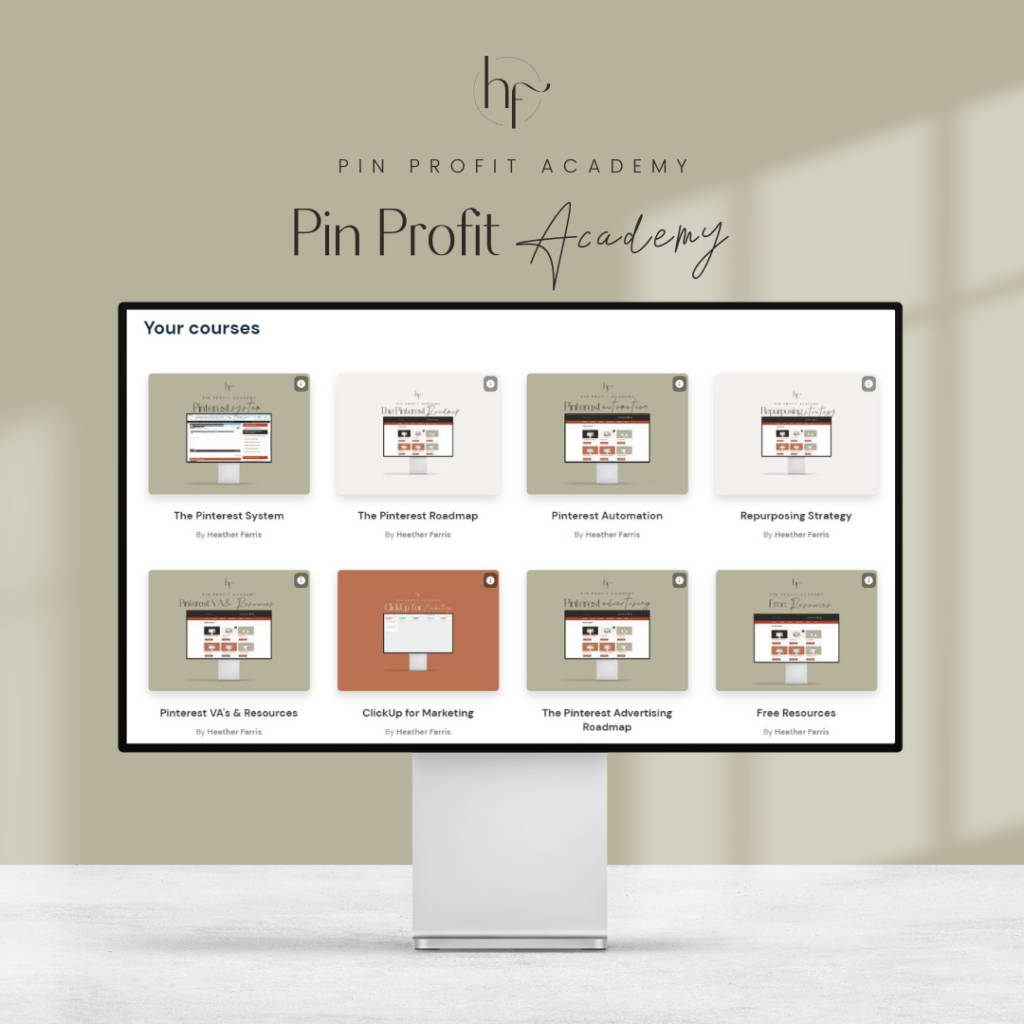
Pin Profit Academy
Marketing can be difficult and trying to figure it out on your own, especially with Pinterest, can be overwhelming.
I will show you how to double your traffic and sales without spending another minute on social media!
PPA is the only comprehensive membership program & community for creating, marketing & selling your products & services using Pinterest.
My process going through this content strategy for digital products
Each week, when I sit down to create content like what I am doing right now, I think to myself. Based on previous content topics I have posted on this channel or my blog, based on emails, DMs, or things I am getting from my audience:
- What does my audience need to know?
- What are the burning questions they are asking?
I am always asking you what you want to learn.
- What can I share with you?
- What do I have in my brain that you need?
So, by doing that each week, I think through all those things when I sit down. I look at my customer journey. I look at how I can connect people to my offers. And from that comes content. And, even better yet, comes content that helps me sell on the go. This means I do not have to show up consistently on social media to sell my products and offers.
RELATED: The Complete Pinterest Marketing Strategy I Would Tell My Friends in 2024
Essential parts of the content strategy for digital products
Now, to breakdown the content strategy for digital products even further for you, these are the essential parts of the content strategy. If you were to Google ‘what is a content strategy,’ these things would be in most of the boring and dry blog posts you will find.
- The objective of the content.
- We talked about that. Start at the end and work your way to the beginning.
- The creation, measurement, and maintenance of that content.
- The format and channel on which you are going to place the content.
- The format could be a how-to video, so maybe there is a screen share, or perhaps it’s a talking head.
- And then the channel that you post it on. The channel does not necessarily mean a YouTube channel, but it could go on my blog or YouTube, even both.
- Your customer journey and your customer personas that fit into that customer journey.
- For me, for example, I have Pinterest VAs. They have a different customer journey than e-commerce product sellers who are watching my videos. Those people are even more different than content creators who are probably selling coaching services or digital products like what I do. So, there are customer journeys for all three of those personas.
- Your brand promise.
- What is your brand’s promise to do for people? What is that? Mine is to help you get more traffic and sales by using Pinterest and content strategy.
The power of an evergreen content strategy
An evergreen content strategy for digital products allows me to create content, place it on the internet in the places where people are going to be looking for it, and have the ability to step away from social media marketing.
I don’t have to show up on stories. I don’t have to have a pretty Instagram feed. It doesn’t matter because can look like Adam Sandler. I am wearing Christmas pajamas right now. There’s no need to be all dolled up and pretty and perfect to show up on social media because my content is doing the work for me behind the scenes.
I think it through, I follow the strategy, I create the content once, like my YouTube videos, and then I post it on the internet for other people to watch on their own time. This is why I always advocate long-form content because long-form content in the form of videos and blogs helps to build trust.
It helps to build that know-like trust factor. Know like trust. People get to know me through the video; they like the content they see. They then go to my website, and get on my email list. They are getting a feel for me and for my vibe. And that builds trust over time.
So, I will always advocate for long-form content. I don’t care what business you are in; you need long-form content in your business. While the content prompts and the promise of content calendars and done-for-you content on social media seem alluring, unfortunately, it is not your content strategy. It is not going to help you do the thing that you want to do because no one else knows your business and your audience and your customers, as you do.
RELATED: How To Get Traffic To Your YouTube Channel Using Pinterest
Final thoughts on content strategy for digital products
Content planners are great, but they are not your content strategy for digital products. So, if you are looking for more depth on your content strategy, make sure to visit our content strategy playlist, where you can learn all sorts of things like Google SEO, outlining your blog posts, and so much more.
Pin it for later
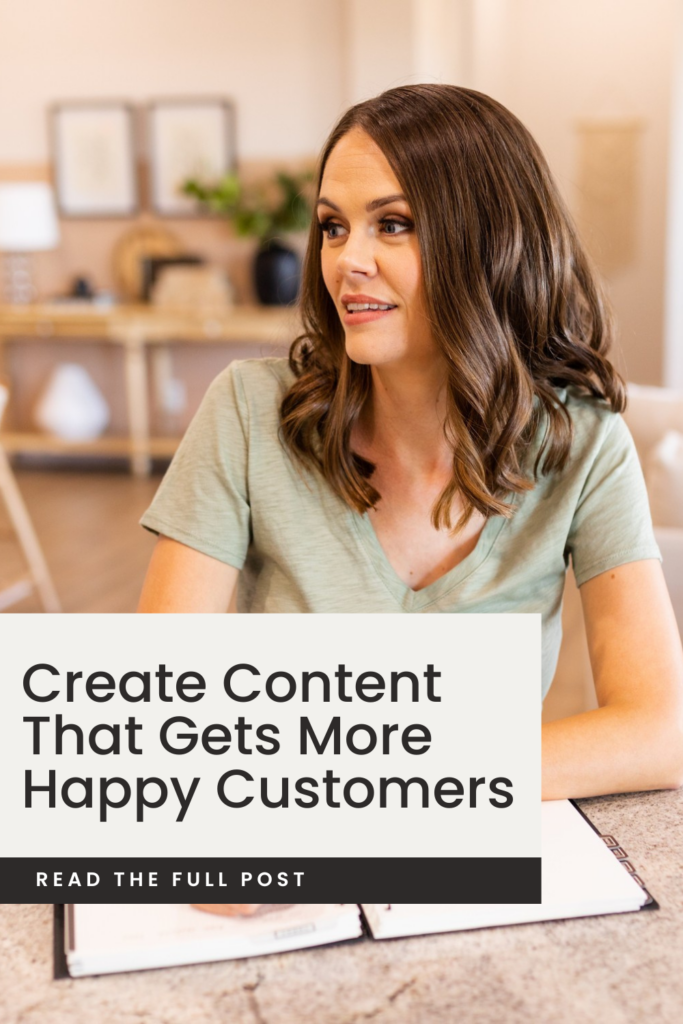

Heather Farris went to school for accounting and worked for years in banking and finance. After finding all of that entirely too boring she started her first blog in her basement in August of 2016. She has started 3 blogs in the marketing, motherhood and travel niches and used Pinterest to grow them all. She quickly became the go-to Pinterest strategist in her peer circles and has been implementing strategies, driving traffic and sales through organic and paid tactics for her clients. On this blog and her YouTube channel, as a renowned Pinterest marketing expert, she educates the public about clear and transparent marketing strategies to help them to grow on Pinterest and in other places online.
